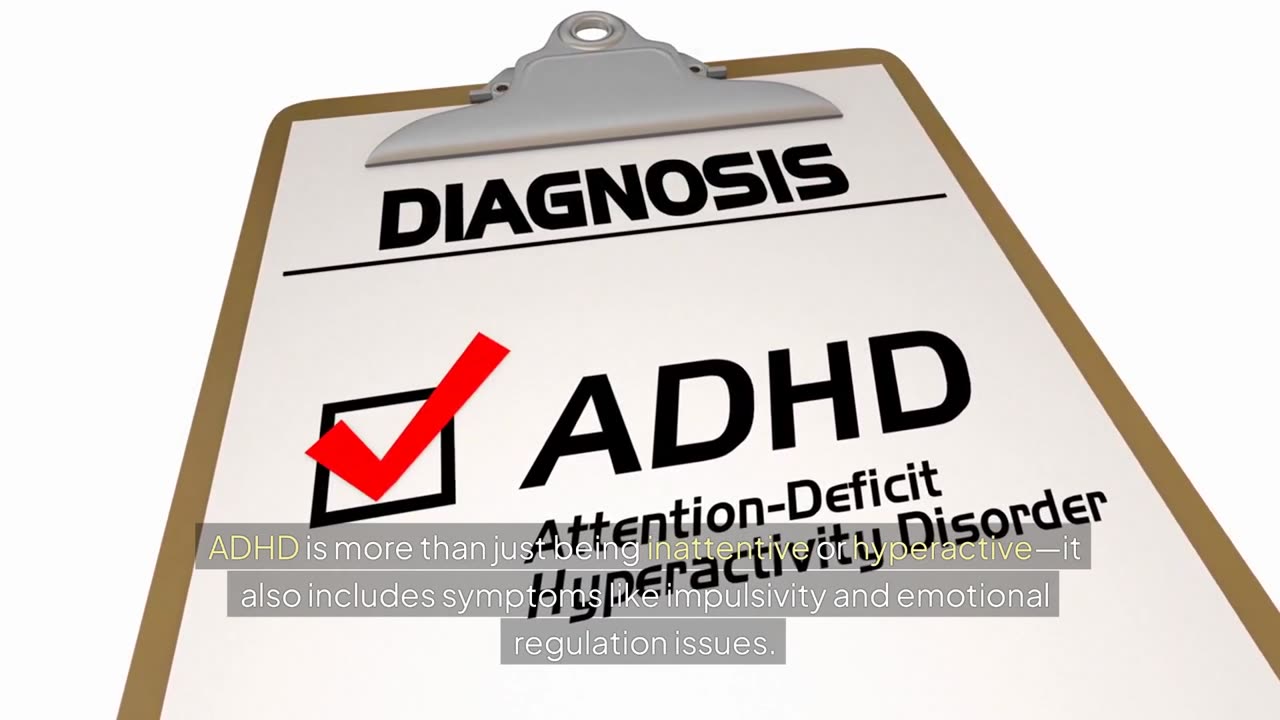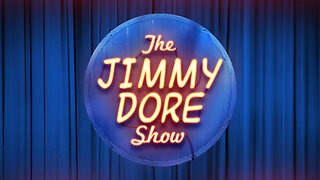Premium Only Content

ADHD: Misunderstood, Underdiagnosed—and Treatable
ADHD affects 1 in 9 children in the U.S., according to the CDC, and more than 8% of college students. Despite this, many students struggle silently, battling distractions, incomplete assignments, and social challenges. Some even forget to take the medication that can help manage their symptoms.
Andrea Chronis-Tuscano, a leading expert on ADHD, explains that this neurodevelopmental disorder—marked by inattention, hyperactivity, impulsivity, and emotional dysregulation—can have a huge impact, but it’s highly treatable.
October is ADHD Awareness Month, and here’s what you need to know:
1. **ADHD is Treatable**
ADHD can be managed through various treatments like behavioral therapy, cognitive therapy, organizational skills training, and medication. Chronis-Tuscano highlights that many individuals with ADHD find their strengths, adapt, and thrive. Seeking help from a doctor is the first step towards diagnosis and treatment.
2. **Untreated ADHD Can Have Serious Consequences**
If left untreated, ADHD can lead to severe issues, including depression, substance abuse, and even suicide. Chronis-Tuscano stresses that ADHD isn’t just about being forgetful or unmotivated—it’s a serious condition that can shorten life expectancy by 10 to 15 years.
3. **Disparities in ADHD Diagnosis and Treatment**
Not everyone has easy access to diagnosis or treatment due to factors like socioeconomic status, lack of healthcare access, or stigma. There's also a gap in recognizing ADHD in girls and women, as symptoms often present differently compared to boys.
Understanding ADHD and breaking down the stigma can help more people access the care they need and improve their lives significantly.
-
 LIVE
LIVE
Kim Iversen
53 minutes agoRIP Charlie Kirk: When Words Fail, They Reach for Guns
3,173 watching -
 LIVE
LIVE
The Jimmy Dore Show
59 minutes agoCharlie Kirk SHOT During Utah College Event! Rand Paul Has PROOF Fauci Lied About Deleting Emails!
7,517 watching -
 LIVE
LIVE
The Trish Regan Show
1 hour agoBREAKING NEWS: Update on Charlie Kirk
2,551 watching -
 LIVE
LIVE
DDayCobra
2 hours agoCharlie Kirk SHOT
3,337 watching -
 LIVE
LIVE
LFA TV
10 hours agoBREAKING: CHARLIE KIRK ASSASSINATED - WEDNESDAY 9/10/25
3,674 watching -
 1:14:30
1:14:30
Redacted News
1 hour agoBREAKING! CHARLIE KIRK SHOT BY ASSASSIN IN UTAH, TRUMP CALLS FOR NATIONAL PRAYERS
39.4K140 -
 3:50:27
3:50:27
Right Side Broadcasting Network
7 hours agoLIVE REPLAY: Latest News from the Trump White House - 9/10/25
165K75 -
 1:12:05
1:12:05
vivafrei
4 hours agoLegacy Media is the Enemy of the People! Israel Stikes Qatar, U.S., Gets Mad! AOC So Stupid & MORE!
56.6K50 -
 52:13
52:13
The Quartering
3 hours agoRace War Nears, Russia Makes Huge Mistake, Fauci Bombshell & More
88K69 -
 LIVE
LIVE
Dr Disrespect
5 hours ago🔴LIVE - DR DISRESPECT - THE FINALS - NEW SEASON 8 LAUNCH EVENT W/ THE SHOTTY BOYS
1,407 watching